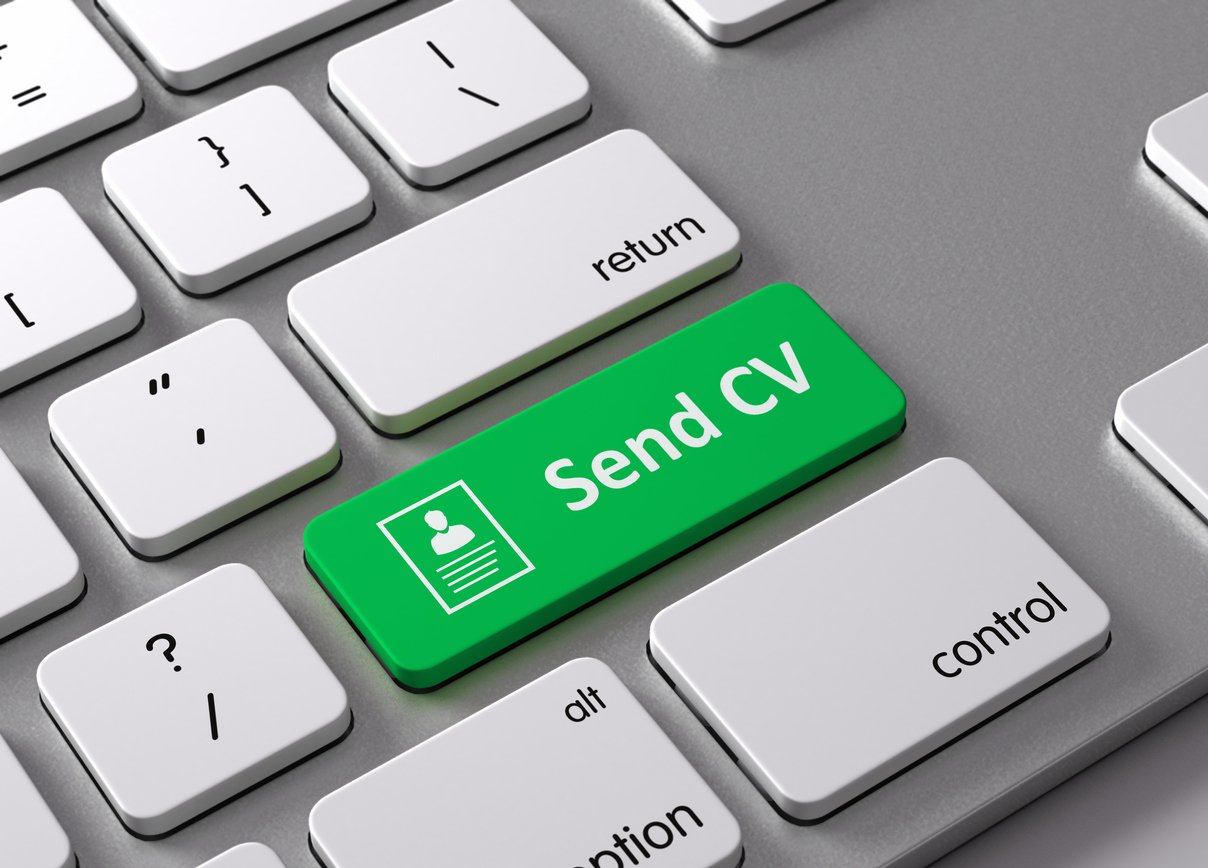Creating a Canadian-Style Cover Letter for a Job in Canada
In this era of digital recruiting, having a well-written cover letter has become a need rather than a luxury for job seekers. The cover letter offers an opportunity to introduce yourself to your prospective company. It is what gives your potential employer an impression about you. Hence, try and treat it with utmost respects.
Like a resume, the cover letter is not a hard copy mailed to the human resource manager of your target company. Diligent job seekers have gone an extra mile to incorporate it as part of a job application, and that gives them a competitive edge.
Below are some practical tips for creating a winning cover letter.

1. Don’t Reiterate Your Resume
The cover letter should do more than just rehashing details from your resume. It should:
- Highlight your skills and experience on the job
- Detail personal qualities that the resume may not indicate
- Express your interest in the role and how it aligns with your career goals
- Show that you understand the company, its mission, vision, and leadership
2. Create Job-Specific Cover Letters
When creating cover letters, remember, a one-size-fits-all approach doesn’t do the trick. You need to write a cover letter that resonates with the specific job you seek to capture the recruiter. Therefore, try to incorporate the elements of the job that match your skills and provide pieces of evidence that support your claim. It is also critical to highlight your talents and knowledge of industry and job position.
3. Take Pride in Your Past Achievements
Recruiters are not searching for lukewarm employees, but applicants who are proud and love what they do. They understand that people who tend to give impressive performance become an essential part of teams. Therefore, include some of your accomplishments.
4. Keep it Short and Precise
The large volumes of information available today has shortened most people’s concentration spans. Your recruiters are not an exception. They work on a schedule. That makes the economy of words very critical. Therefore, have a cover letter with a maximum of three paragraphs.
5. Use First-Person Voice
You need to address the recruitment manager directly, just as you use first-person voice when writing your resume. In case you are uncertain about the recruiter’s title, take time and call the company and ask them for the name and position. If you are still learning or have recently graduated, you can take advantage of your career services office to find the right company representative in your target firm.

6. Include Keywords from the Job Description
Many companies use keyword-focused software that filters job applications and selects applicants whose resumes and cover letters that match the desired skills and work experience for a specific vacancy.
That said, you need to write a cover letter that features keywords and key phrases from the job description, provided they relate to your previous work experience and talents that make you the right candidate. It would help to review the qualification, years of experience, communications and organization skills, software skills, and project management abilities.
7. Explain Other Concerns
When creating your cover letter, seize that opportunity to explain any occurrences and other concerns that can make the recruiter pause for a momentary thought. An example is to reveal a time when you were out of work. What the recruiter needs is a transparent cover letter that explains what kept you professionally occupied during that time. Being open to such matters shows your character.

